Can we use or replace JIS fasteners instead of DIN or ISO fasteners?
13577 Views |

In fasteners industry there are several fasteners’ standards such as JIS, DIN, ISO, ASTM, SAE, BS, and etc. This seem to be confusing thing for people who are not related to this business, even myself who is working this business also found this issue difficult.
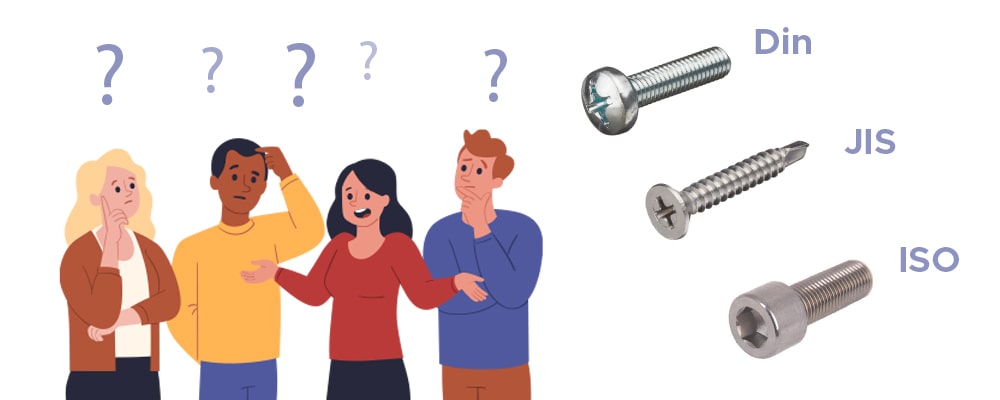
In Japan and Japanese industry around the world, they are mostly using JIS fasteners. JIS is published by The Japanese Standards Association (JSA) in the middle of 19th century and continue developing by time.
As we are also doing fasteners business in aboard as well, sometimes, we got inquiry or sample which are in other standards other than JIS standard. Then what should we do?
For person who never heard of these standards before, you may think of how complicated it will be to handle this situation.
There is good news for this issue!
JIS, DIN, and ISO fasteners there is a big common thing that all of them are the same which is … They are all Metric fasteners!
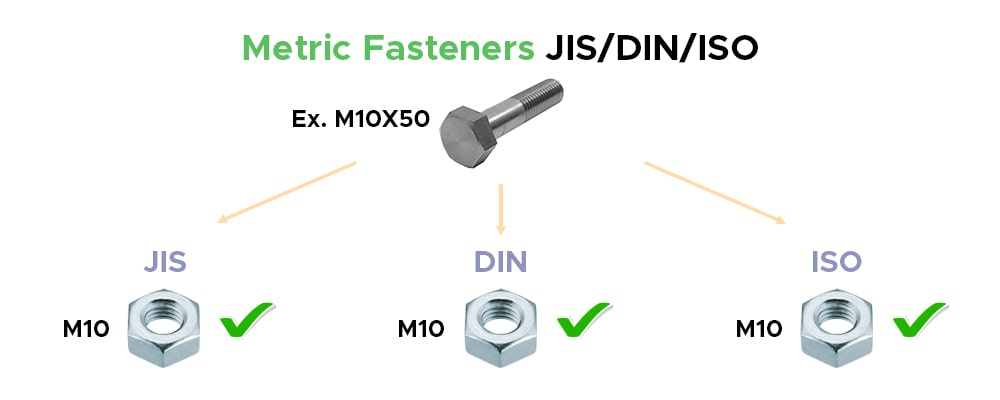
So roughly we can say that JIS, DIN, and ISO fasteners can fasten to the thread of each other as they are using the same measurement standard but we have to make sure about diameter, and thread pitch whether they are the same or not before apply.
Then, why there are several standards that made us confused?
The things are, fasteners standards are decided by group of experts in each country or area to suit their manufacturing industry and Metric is also one of universal measurement system that JIS, DIN, and ISO standard share in common but their dimensions, tolerance, checking/inspection method are different. You can see several standards fasteners in one specific industrial country where various companies around the world are doing business there.

Let me give you more explanation for this,
Case 1) Fasteners dimensions are almost the same in each standard
For example; we got inquiry or sample of Socket cap screw M10x50 in DIN/ISO standard. Firstly, we will check customer’s requested standard compares to ours.
Then we have to ensure that we are talking in the same measurement unit with pitch gauge if customer is unsure about their specification (In case of we got sample). Then we are going to compare the specification.
In another case, if we got inquiry via phone, email or fax of Socket Cap screw in DIN standard; DIN912. What we will do?
Fortunately, this screw also got dimensions as same as ISO 4762. Then, what about JIS?
Luckily that JIS B-1176 also share most of the dimensions in common for this screw. Only the side of the socket head, JIS has gripping lines (I am sorry if I made wrong calling term for this) on it as below comparison.
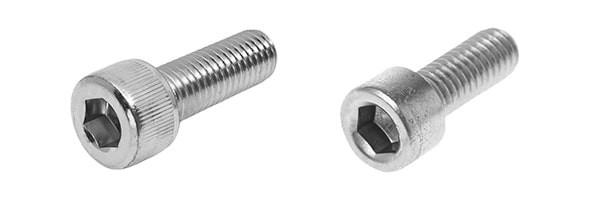
Then when we are going to propose JIS B-1176 Socket cap screw to customer, we will inform them with our remark for standard differences for customer to check again before they are going to order.
Case 2) Other specifications are different between each standard
What about hexagon head bolt (Half thread) M10x50?
This product also available in several standard as DIN931, ISO 4014, and JIS B-1180
They are all metric fasteners indeed; they can fasten into metric pre-tapped hole with no problem but their dimensions are different between each standard.
There are 3 major differences between these standards, which are;
1. Hexagon head width
a. ISO 4014 = 16mm
b. DIN931 and JIS B-1180 = 17mm
As you can see that DIN and JIS share hexagon head width in common, what does this dimension matter?
1.1 Space concern where hexagon head width is matter in narrow installation place
1.2 Tools limit, as spanner or hexagon socket are available in several sizes 16mm and 17mm need different tools. If you don’t have one in that size, this may cost you an extra cost to get one.
You can read more information about this as our previous blog as; What does number on the spanner mean?
2. Hexagon head height
a. DIN931 and ISO 4014 = 6.4mm (Only slightly tolerance difference)
b. JIS B-1180 = 7mm
2.1 This difference could be small but in space sensitive area or fixed design product, this might be one of concerned point
3. Radius ring under the head
a. This is the easiest notification point for JIS and ISO/DIN as visual check
i. JIS has no Radius ring
ii. ISO/DIN have Radius ring
3.1 This radius ring increases cyclic load (Repeat force Ex.Pull and release in continuing state) resistance
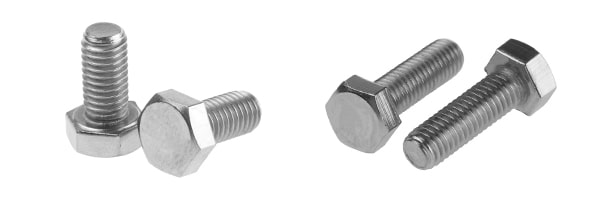
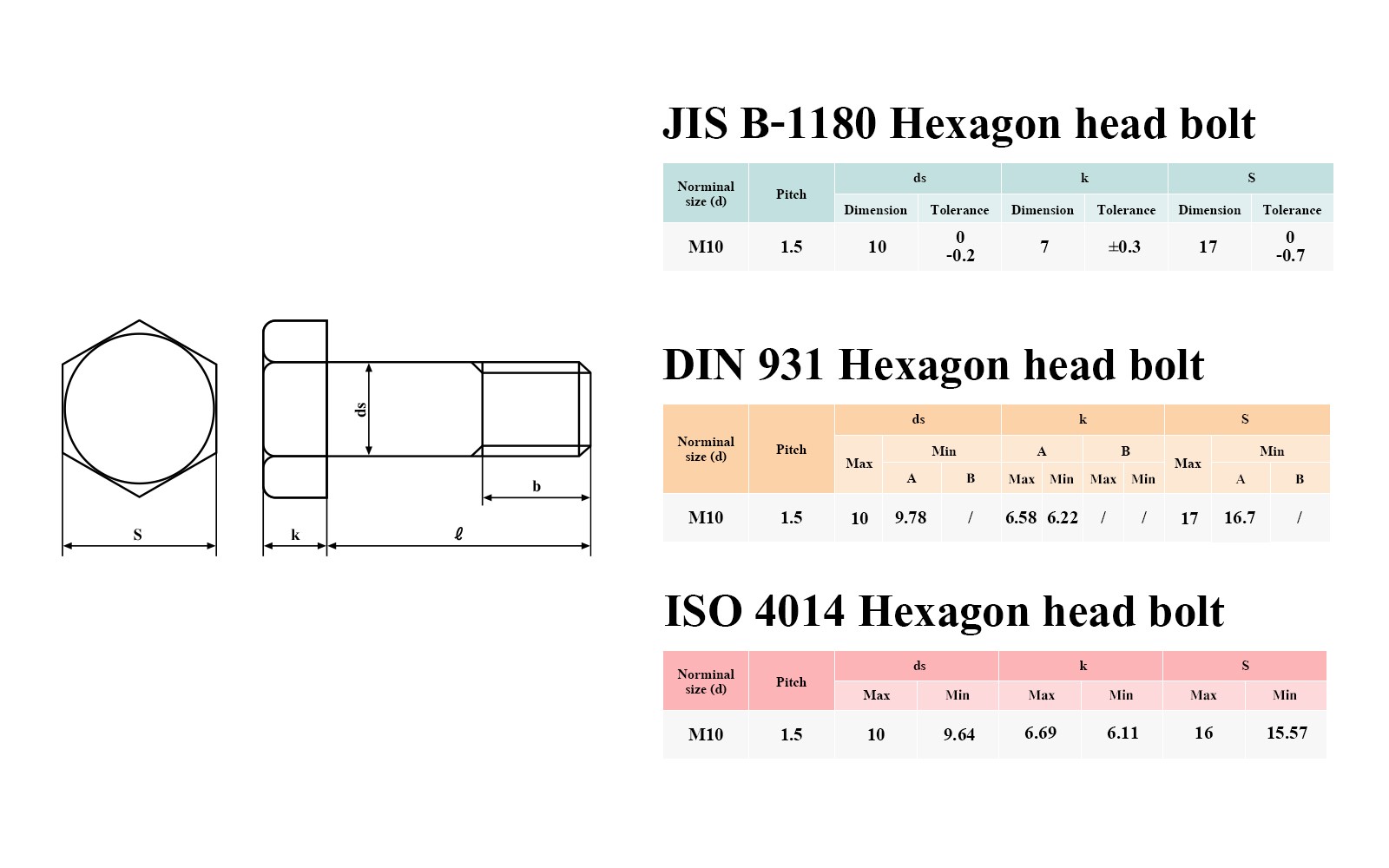
Thread length standard for half-thread screw
- JIS/ISO/Din have the same thread length standard, so this issue will be no problem.
Please see our previous blog for thread length as; What are full thread and half thread fasteners?
As you are reading to this sentence, some of you may get a clue whether they are replaceable for each other or not. As my humble opinion, answer still could be Yes or No!
Let me make it into 2 cases to for this issue for better understanding
1. JIS/ISO/JIS are replaceable for each other if other dimensions are not matter for application but thread size only.
For example; Mr.Chotato who is doing machine maintenance service, then they got a project for reparation of German machine which is using DIN fasteners from his customer in Japan. Then his customer request is just to make it turn to be functionable as it was with any possible repairing option.
In this case Mr.Chotaro is base in Japan, it is difficult to source DIN fastener but his customer requirement is not so strict about the dimension of fasteners change as long as it is not affect to the quality and be able to work as it is. So JIS fasteners can be replaced in this situation.
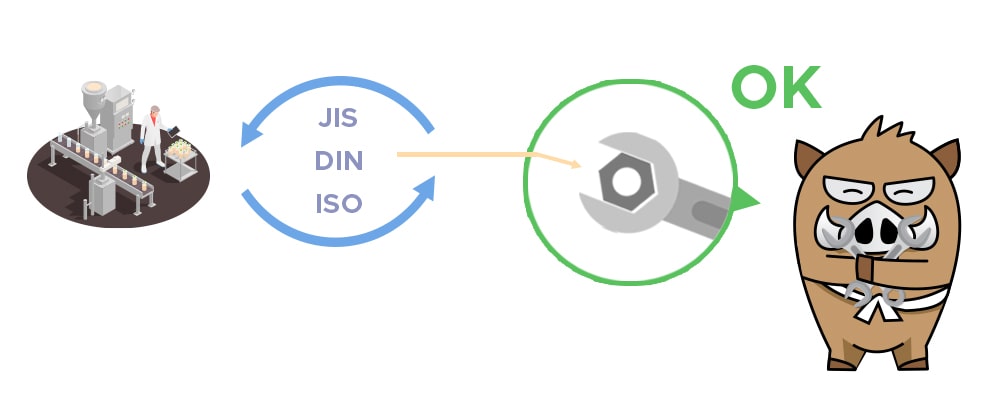
2. JIS/ISO/JIS are irreplaceable for each other if all or some dimensions other than thread size are matter for application.
For example; Mr.Chotato is applying a countersunk socket flat head screw on electronic device which is very sensitive for tolerance and dimension. Every mm. difference is matter for them as application area are not flexible and unable to adjust.
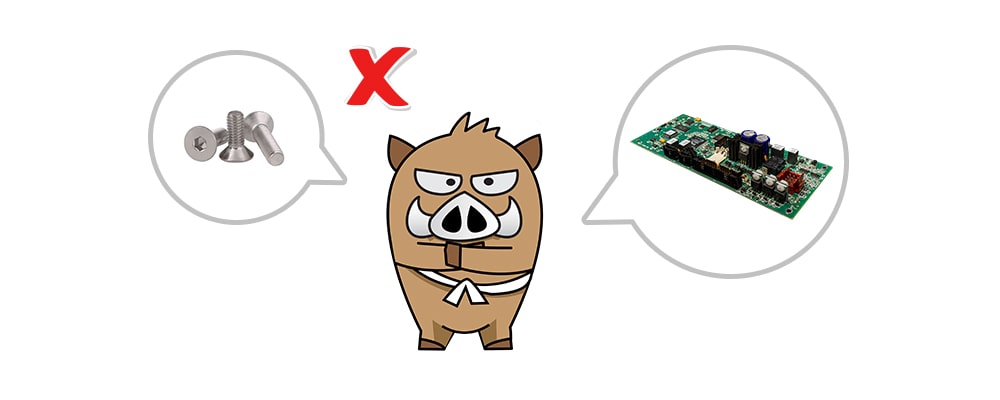
How was this content? I hope you will get useful information for replacement of JIS/ISO/DIN standard fasteners from this blog and be able to choose the right fasteners for your application.
Written by,
Mr.Nuttapol Sirilert
International Sales Team
Hanshin Neji Co.,Ltd.



